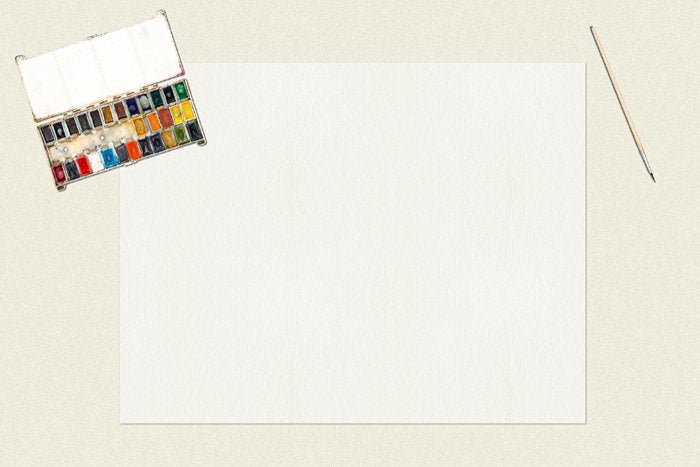Google has an interesting history with design. For years, the company's approach to design was — well, mostly nothing.
To be fair, it was kind of that way by, ahem, design: In Google's early days, according to the picture painted by numerous accounts (and evidenced by the products of that era), the Google design strategy was quite literally "no design" — because speed was what mattered most at that time, and adding visual flourishes back then served mostly just to slow things down. It was a different era in computing, and the emphasis on user experience we know today hadn't yet come into focus.
Then came Android 5.0, Lollipop, and the advent of Material Design. Suddenly, Google had a cohesive and distinctive visual identity for its products. Google apps and services, starting with Android and spreading to the full series of mobile apps and their desktop equivalents, gained personality. Each app or interface element had a recognizable and often bold color palette that simultaneously set it apart and tied it together with the rest of the ecosystem by way of broad patterns and guidelines.
Like any standard, Material Design evolved from there. Every year brought in new twists, turns, and exceptions to the rules — and such progression is not only inevitable but often invaluable. Recently, though, I can't help but feel that Google is losing sight of what made Material Design so compelling. And every time another app or service is updated to the most recent visual style, I find myself cringing a little inside.
The latest example is Google Keep, the note-taking service that has long been instantly identifiable by its bold yellow theme:
 JR
JR As of a redesign rolling out to users this week, Keep loses that theme and instead adopts what can best be described as a "blank canvas" look — a stark white design that's free from any distinguishing elements or personality:
 JR
JR The same progression is taking place with Keep on the web right now as well:
 JR
JR And it's the same shift we're seeing show up in one app after another as of late, including both universal Google services and Android-centric entities like the Phone and Contacts apps:
 JR
JR Other Google apps are almost certain to follow suit soon. A video briefly published online earlier this year, for instance, showed a mock-up of how the Gmail Android interface may look once it's made over. (Hint: It looks plain and white. Very plain and white.)
In all the cases, the trend is the same: The distinctive colors that gave each app — and Android itself, along with the greater Google ecosystem — a splash of personality and made them feel lively, charming, and easily identifiable are being washed away in favor of a bland, generic-feeling nothingness. I'm all for minimalism, but there's a difference between avoiding unnecessary clutter in an interface and stripping it entirely of character. At this point, across all these apps, the only real identifying quality is the utter lack of any identifying quality.
What made Material Design work so well was the way it created consistency while still allowing each app to establish its own identity. In a story I wrote about early Material Design successes, Russell Ivanovic, the developer and co-founder of the company behind the frequently-praised podcasting app Pocket Casts, summed up the standard's strengths:
Our app is fairly distinctive on most of the platforms that it's on. ... One of the first things we said to ourselves was we don't want some stark-white UI with just a few floating buttons on it and some shadows. We wanted to take the time to add all the little details and touches that put our own stamp on it and makes the app feel like us.
What Ivanovic describes is precisely how Google used to approach its apps, too, and what he describes as the kind of quality he didn't want — the "stark-white UI with just a few floating buttons on it and some shadows" — is exactly what Google is doing now. Other parts of the company's current design evolution are arguably positive, like the modernized font and refined iconography, but those elements are largely overshadowed by the whitewashing of personality.
It's hard not to see this shift as a regression to the days of "design by no design" and a loss of something that made Android feel like Android and Google apps feel like themselves. Every time I see another app or element lose its identity and join the bland "blank canvas" club, I feel a little more blue (or, if we want to translate the sentiment into Google's current design paradigm, a little more...blank).
If there's one bit of consolation, it's the fact that, well, this is Google. Things will almost certainly change further in another year or two, and what's old will invariably be new again before long.
Until then, I guess we'll just have to get used to seeing bland blank canvases where our warm, familiar friends used to live.
Sign up for my weekly newsletter to get more practical tips, personal recommendations, and plain-English perspective on the news that matters.

[Android Intelligence videos at Computerworld]






